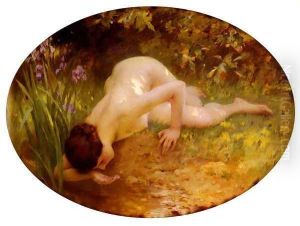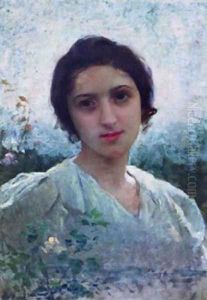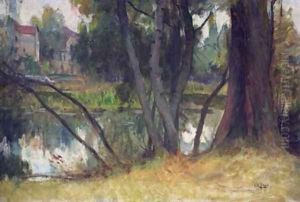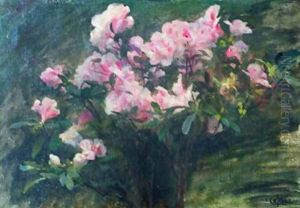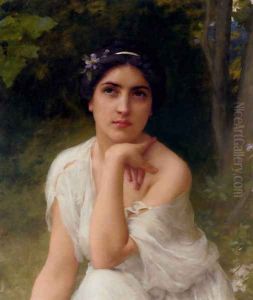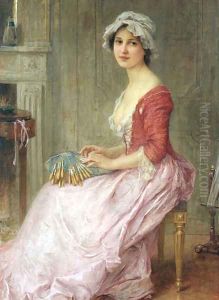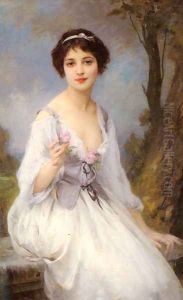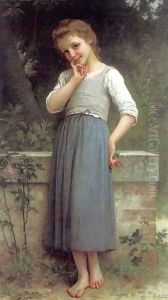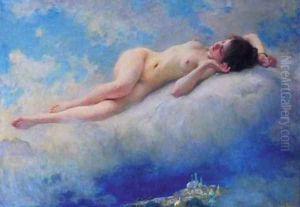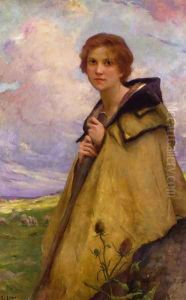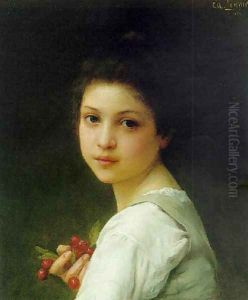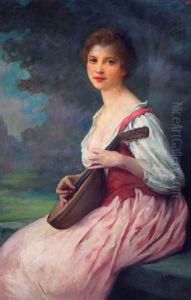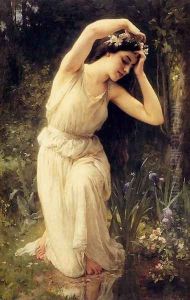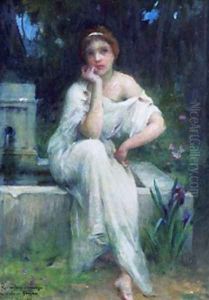Lenoir Charles Amable Paintings
Charles Amable Lenoir was a French academic painter born in Châtellaillon, France, on October 22, 1860. His work is often associated with the Academic and Symbolist movements, reflecting an interest in classical subjects, landscapes, and portraits characterized by their serene and idyllic qualities.
Lenoir was a student of William-Adolphe Bouguereau, a dominant figure in French academic painting. Under Bouguereau's guidance at the École des Beaux-Arts in Paris, Lenoir developed a refined technique and a keen sense for beauty, which became hallmarks of his artistic output. His style was influenced by the Romantic and Neoclassical movements, but he also incorporated elements that anticipated the Symbolist movement.
Throughout his career, Lenoir exhibited his work at the Paris Salon, an annual art exhibition held by the French Academy of Fine Arts. He achieved significant recognition and success during his lifetime, receiving numerous awards and honors for his contributions to French art. Among his notable works are 'The Bather', 'The Muse', and 'Maternity', which epitomize his ability to capture the delicacy of the human form and the ethereal qualities of light and color.
Lenoir's paintings are characterized by their serene atmospheres, delicate color palettes, and classical beauty. He had a particular talent for depicting women and children, often placing them in idyllic or mythological settings that evoke a sense of peace and timelessness. His landscapes, too, are noted for their tranquility and natural beauty, reflecting his appreciation for the French countryside.
Despite his success, Lenoir remained relatively conservative in his artistic choices, preferring traditional techniques and themes even as the art world around him began to embrace modernism. Nevertheless, his work continues to be appreciated for its technical skill and aesthetic appeal.
Charles Amable Lenoir's legacy as an artist is marked by his commitment to the ideals of beauty and harmony. He passed away on August 1, 1926, in Paris, leaving behind a body of work that continues to enchant and inspire audiences with its classical grace and elegance.
